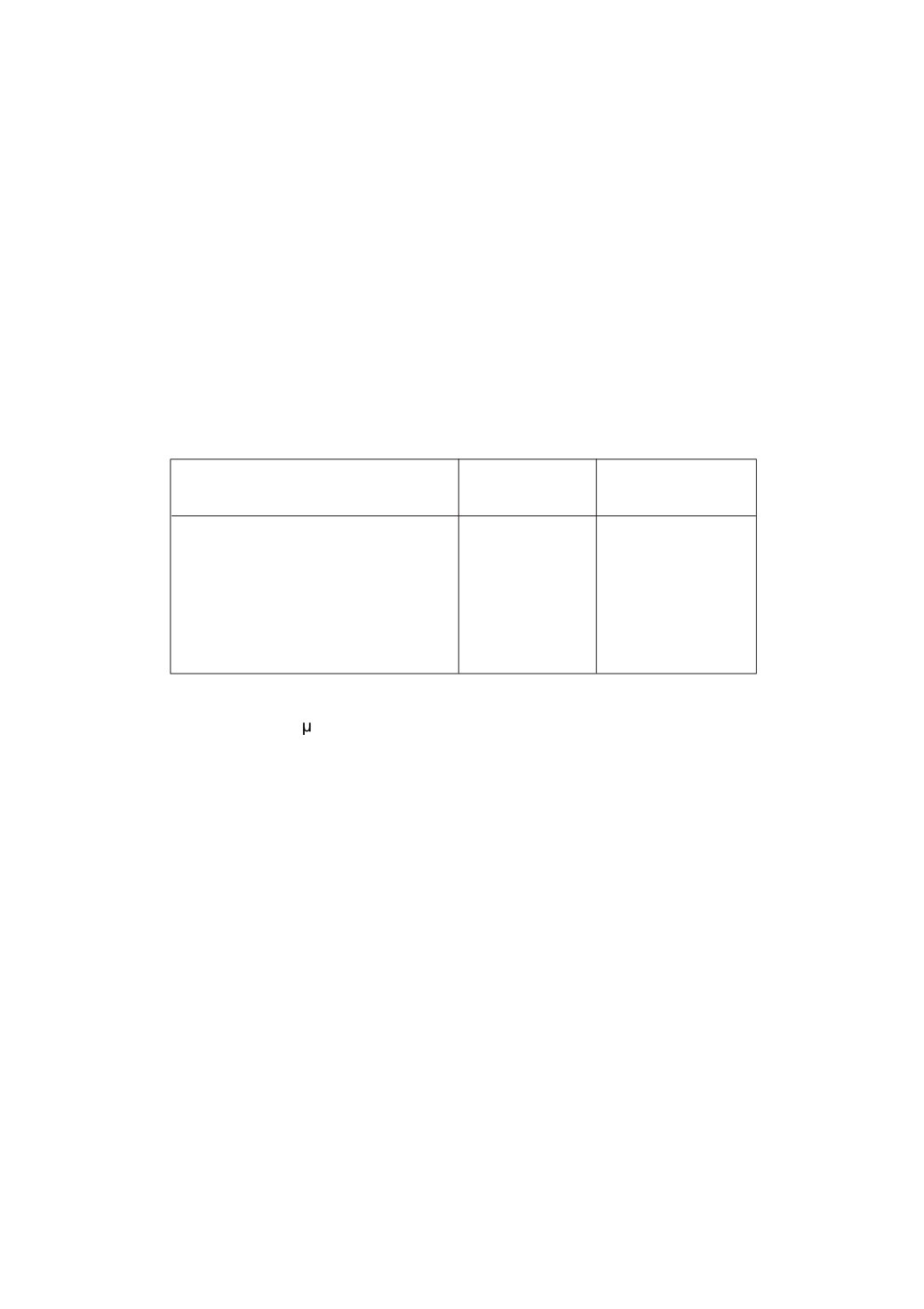
118
Wastewater Treatment :
Waste water derived from the municipalities are mostly water, say 99.9 per cent
while the remaining may be from industrial facilities in the cities. The
composition of such waste water may vary from cities to cities and various
chemical reaction may occur during the flow of water. Gilbert (1995) cited the
typical range of compositions of untreated domestic waste water as given
below :
Range of composition of untreated domestic waste water
(After Gilbert, 1955)
Constituent
Abbreviation Concentration
(mg / L)
5-day biochemical oxygen demand
BOD5
100 - 300
Chemical oxygen demand
COD
250 - 1000
Total dissolved solids
TDS
200 - 1000
Suspended solids
SS
100 - 350
Total Kjeldahl nitrogen
TKN
20 - 80
Total Phosphorous as P
TP
5 - 20
Total dissolved solids is sum of TDS and SS. The suspended solids having a
pore size of 1 - 2/ m can be removed only by membrane filter.
Wastewater treatment can be processed in different stage like primary,
secondary and advanced treatment depending upon the requirement. Primary
treatment consists of (a) screening (b) grilling in grit chamber (c) setting tank
or sedimentation basis or clarifier (d) sludge treatment and (e) disinfection.
Screening are parallel steel bars placed about 2 - 7 cm apart, which is again
screened by a small wire mesh. Communiter then breaks the bigger particles
into smaller pieces and allows them to pass to grit chamber where the heavy
particles settle down. Heavy particles thus settled are disposed of and the
water enter the next chamber or sedimentation basin where water is kept for
2 to 3 hours without any flow. Suspended solids then settles down. The sludge
from the bottom is then removed. Primary process removes about 50 - 65 per


